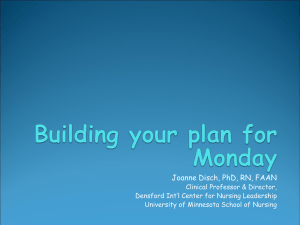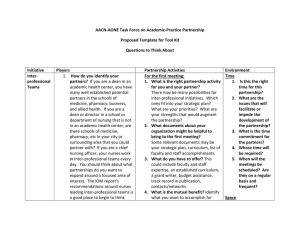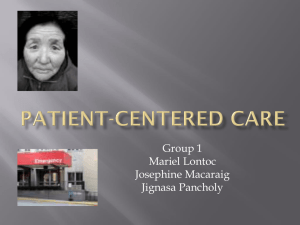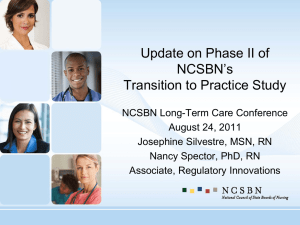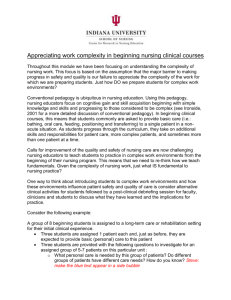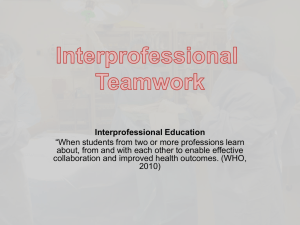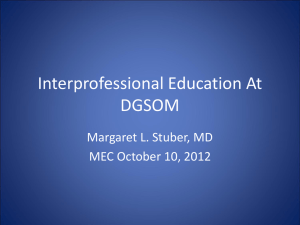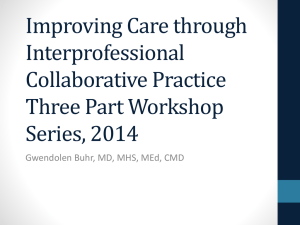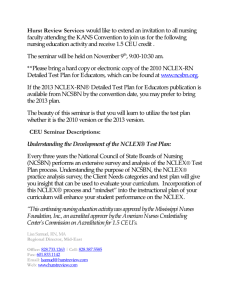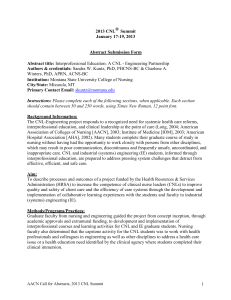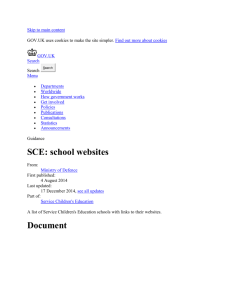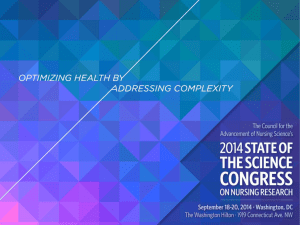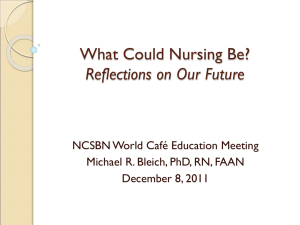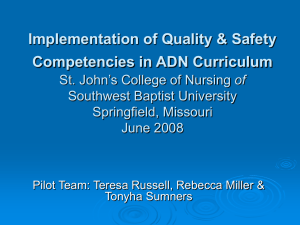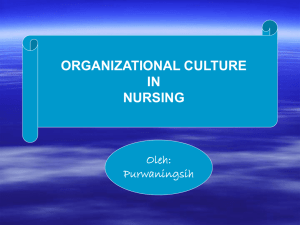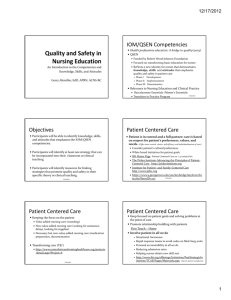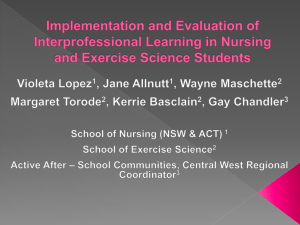Branding in the Digital Age
advertisement
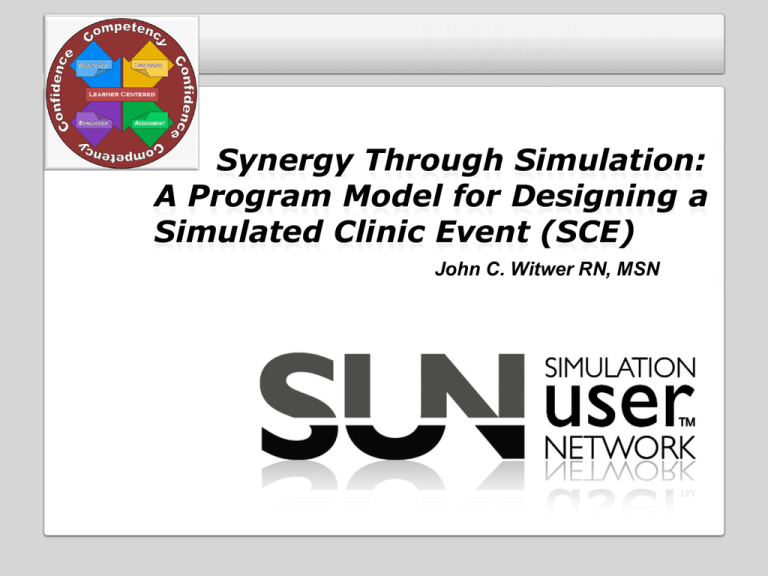
Synergy Through Simulation: A Program Model for Designing a Simulated Clinic Event (SCE) John C. Witwer RN, MSN Session Objectives State 4 Model Components – Describe elements of SCE construction Understand Unique Applications – Interpret component application for discipline Synthesize Value – Explain synergistic affects of planning Model Constructs Impetus – Constructivism learning theory1 Premise – Problem-Based Learning curriculum model2 Design – Bloom’s Taxonomy of educational objectives3 Operation – Conceptual framework for simulation4 Model Design Importance Clinical judgment and multiple ways of thinking develop expert practice. (Benner, Tanner, & Chesla, 2009) Dialogical reasoning Deliberative reasoning Creative thinking Critical thinking Model Divisions Strategic Planning Objectives Assessment – Quality and Safety Education for Nurses (QSEN) – Identify – Agency for Healthcare Research and Quality (AHRQ) – Cognitive understanding – Skill performances – Behavioral expectations – National Council of State Boards of Nursing (NCSBN) – Develop tools – Institute of Medicine (IOM) – Measure – Interprofessional Collaborative Practice (IPC) – Analyze – Reflect Model Divisions Operational Planning Strategies Evaluation – Pyschomotor – Feedback source – Case Studies/Scenarios – Learners – Task Trainers/Virtual Clinic – Facilitators – Mock Environments – Observers – Purpose – Guide inquiry – Simulated Clinical Event (SCE) – Objectives clear? – Objective Structured Clinical Examination (OSCE) – Organization/Planning – Remediation – Proficiency training – Realism/Resources – Complexity/Timing – Competency/Confidence Session Objectives State 4 Model Components – Describe model elements of SCE construction Understand Unique Applications – Interpret component application for discipline Synthesize Value – Explain synergistic affects of planning References 1 Brandon, A., & All, A. (2010). Constructivism theory analysis and application to curricula. Nursing Education Perspectives, 31(2), 89-92. 2 Wong, F., Cheung, S., Chung, L., Chan, K., Chan, A., To, T., & Wong, M. (2008). Framework for adopting a problem-based learning approach in a simulated clinical setting. Journal Of Nursing Education, 47(11), 508-514. 3 Bloom, B. Englehart, M., Furst, E., Hill, W. & Krathwohl, D. (1956). Taxonomy of Educational Objectives. New York: Longmans, Green. 4 Jeffries, P. (2005). A framework for designing, implementing, and evaluating: simulations used as teaching strategies in nursing. Nursing Education Perspectives, 26(2), 96-103. Benner, P., Tanner, C., & Chesla, C. (2009). Expertise in Nursing Practice: Caring, Clinical Judgment, and Ethics. New York: Springer Publishing. Bridges, D.R., Davidson, R.A., Odegard, P.S., Maki, I.V., & Tomkowiak, J. (2011). Interprofessional collaboration: three best practice models of interprofessional education. MedicalEducation Online, DOI: 10.3402/meo.v16i0.6035 Lee, C. & Kolodner, J.L. (2011). Scaffolding Students’ Development of Creative Design Skills: A Curriculum Reference Model. Journal of Educational Technology & Society, 14(1), 3-15. Retrieved from http://www.ifets.info/journals/14_1/ets_14_1.pdf#page=8 Resources Websites QSEN: Quality and Safety Education for Nurses. Quality and Safety Competencies. http://www.qsen.org/ AHRQ: Agency for Healthcare Research and Quality. National Guideline Clearinghouse. http://www.guideline.gov/ NCSBN: National Council of State Boards of Nursing. NCLEX Test Plans. https://www.ncsbn.org/1287.htm IOM: Institute of Medicine. http://www.iom.edu/ IPCP: Core Competencies for Interprofessional Collaborative Practice. http://www.aacn.nche.edu/education-resources/ipecreport.pdf
